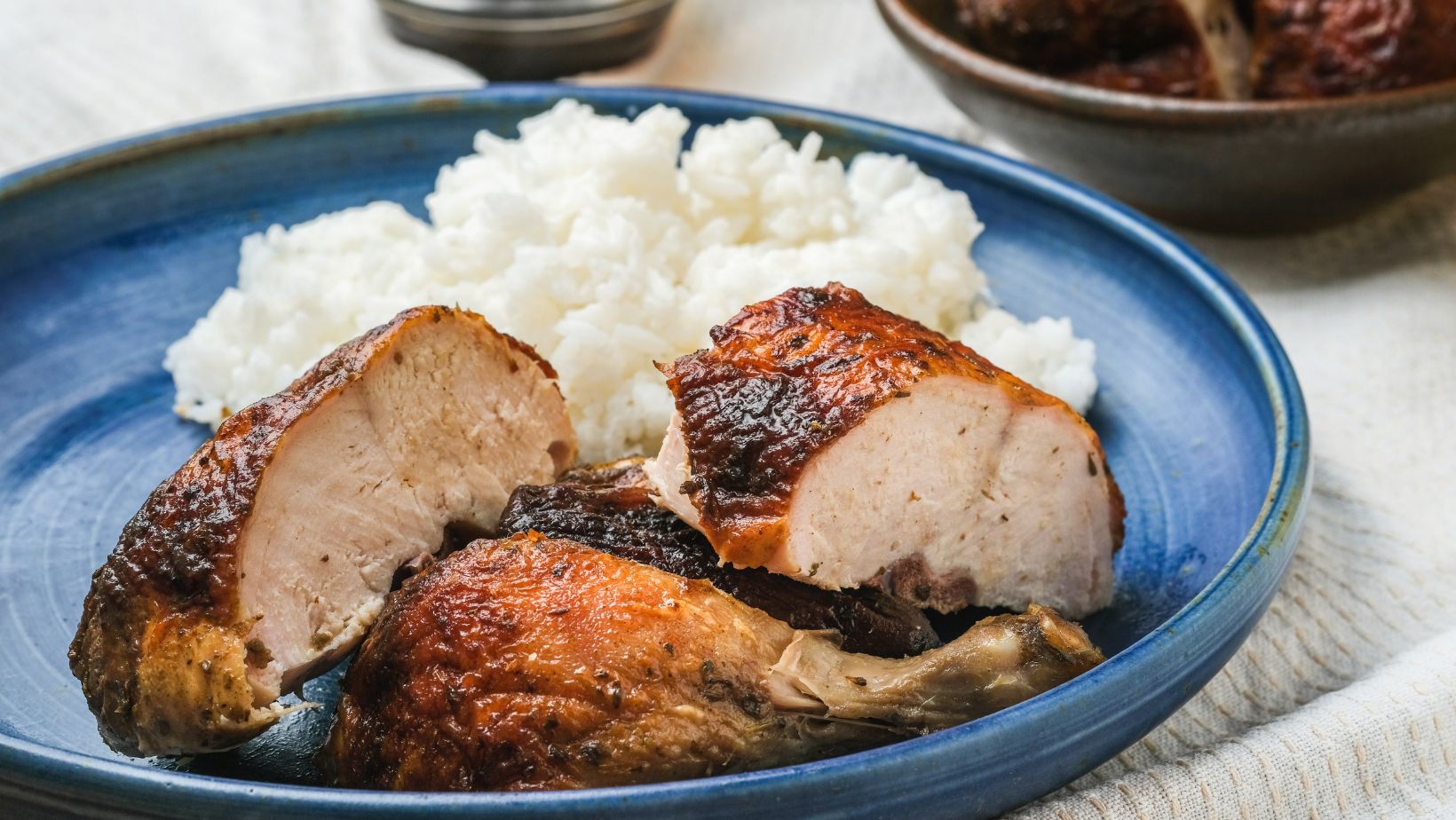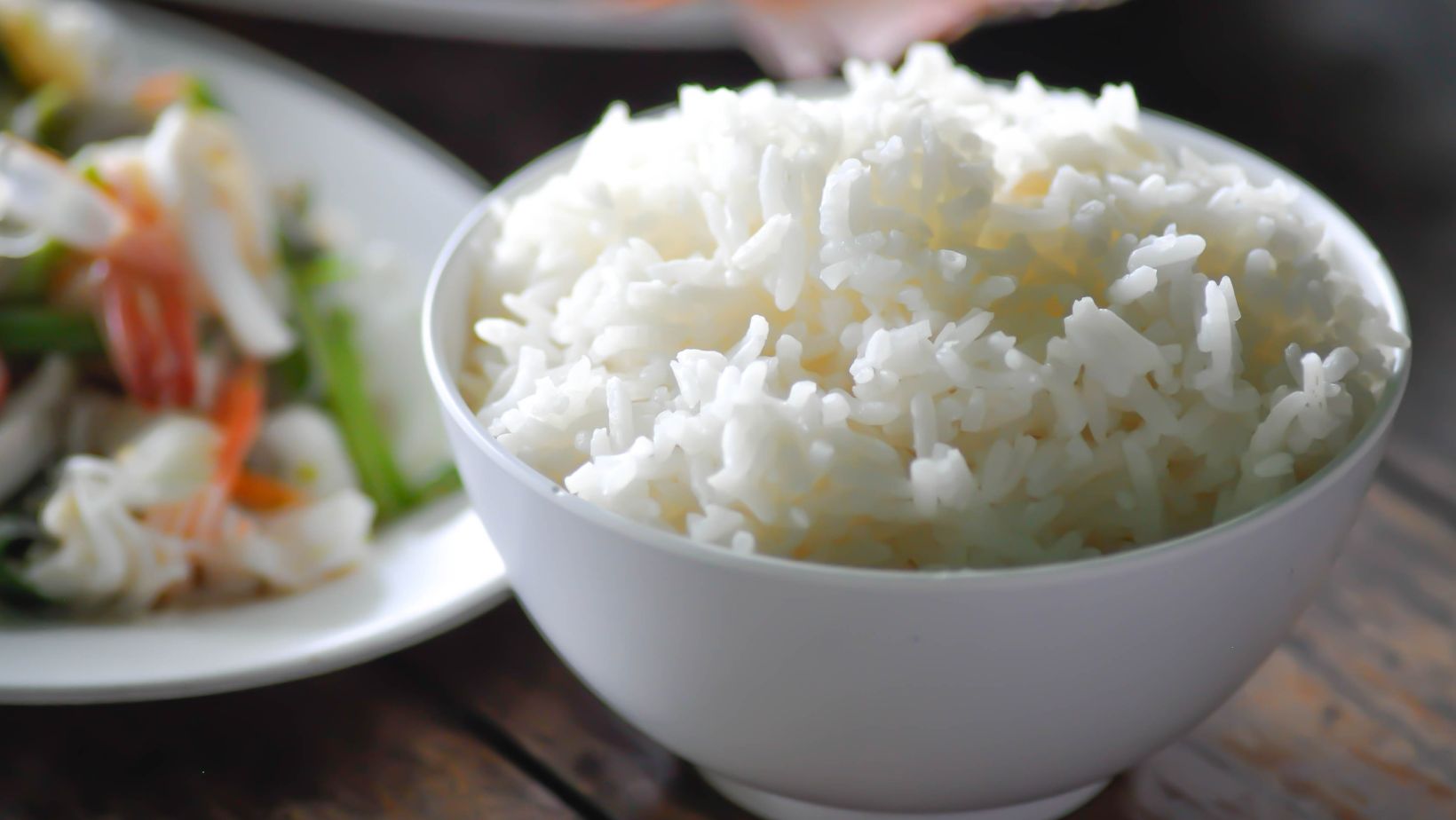Key Takeaways
-
- Rice cookers are versatile kitchen appliances that go beyond cooking rice, enabling the preparation of a variety of healthy meals effortlessly.
-
- They save time with automatic cooking settings, allowing users to focus on other tasks while meals are prepared.
-
- Nutritionally, rice cookers preserve vitamins and minerals better than traditional boiling methods, leading to healthier dishes.
-
- When selecting a rice cooker, consider capacity, cooking settings, and features like delayed start for optimal efficiency and meal preparation.
-
- Popular healthy recipes include quinoa and vegetable medley, brown rice stir-fry, spicy lentil and tomato stew, and coconut rice with mango.
-
- Accurate measuring of water and rice, along with flavor enhancements, can significantly improve rice cooking results, transforming simple dishes into flavorful options.
Rice cookers are more than just a kitchen gadget for perfectly cooked rice. They’re versatile tools that can whip up a variety of healthy meals with minimal effort. In today’s fast-paced world, finding nutritious options that don’t compromise on flavor can be a challenge. That’s where healthy rice cooker recipes come in, offering a convenient solution for busy individuals and families.
From wholesome grains to vibrant vegetables and lean proteins, a rice cooker can transform simple ingredients into delicious dishes. These recipes not only save time but also promote healthier eating habits, making it easier to incorporate nutritious meals into daily routines. Whether you’re a seasoned chef or a kitchen novice, discovering the potential of your rice cooker can elevate your cooking game and support a healthier lifestyle.
Healthy Rice Cooker Recipes
Rice cookers offer multiple advantages for preparing healthy meals efficiently. They simplify meal preparation while enhancing the nutritional quality of dishes.
Convenience and Time-Saving
Convenience stands out as a primary benefit of using a rice cooker. Rice cookers automatically adjust cooking times and temperatures, eliminating the need for constant monitoring. Busy individuals or families save significant time with a one-pot cooking solution. Cooking multiple ingredients simultaneously, such as grains and vegetables or proteins, further streamlines meal prep. With faster cooking times, meals are ready quickly, allowing for effortless weeknight dinners.
Nutritional Advantages
Nutritional advantages accompany the use of rice cookers. Cooking grains and vegetables in water maintains more vitamins and minerals compared to traditional boiling methods. Rice cookers also preserve the natural flavors of ingredients, enabling flavorful, healthy dishes without excessive fats or oils. By controlling portion sizes and eliminating unhealthy cooking methods, rice cookers contribute to balanced meals that support overall health.
Essential Features to Look For
 Selecting the right rice cooker involves understanding key features that enhance cooking efficiency and meal quality. Consider the following elements when making a choice.
Selecting the right rice cooker involves understanding key features that enhance cooking efficiency and meal quality. Consider the following elements when making a choice.
Capacity and Size
Capacity and size play crucial roles in functionality. Rice cookers range from small, 3-cup models suitable for individuals or couples to larger, 10-cup options ideal for families or meal prep. For optimal usage, evaluate the household size and meal frequency. A larger capacity accommodates bulk cooking, while a compact model ensures easy storage and portability, minimizing kitchen clutter.
Cooking Settings
Cooking settings determine meal versatility. Look for rice cookers with multiple pre-programmed settings for different grains, such as white rice, brown rice, quinoa, and steaming vegetables. Some advanced models feature customizable settings for specific dishes, enabling precise temperature and timing adjustments. A delayed start function allows meal preparation at convenient times, making it easier to manage busy schedules while ensuring healthy meal options remain accessible.
Healthy Rice Cooker Recipes
Rice cookers offer a convenient way to prepare a variety of healthy meals. These recipes showcase the versatility of rice cookers, transforming grains and vegetables into nutritious dishes.
Quinoa and Vegetable Medley
Quinoa and vegetable medley combines protein-rich quinoa with colorful vegetables. Start by rinsing 1 cup of quinoa under cold water. Add the quinoa to the rice cooker with 2 cups of vegetable broth for enhanced flavor. Incorporate 1 cup of chopped bell peppers, 1 cup of diced zucchini, and 1 cup of chopped spinach. Season with salt, pepper, and 1 teaspoon of garlic powder. Cook until the quinoa is fluffy, typically 15 minutes, then serve warm.
Brown Rice Stir-Fry
Brown rice stir-fry blends whole grains with vibrant vegetables. Use 1 cup of brown rice and 2 ½ cups of water or broth in the rice cooker. Add 1 cup of chopped broccoli, 1 cup of sliced carrots, and ½ cup of peas during the last 10 minutes of cooking. Stir in 2 tablespoons of low-sodium soy sauce and a sprinkle of sesame seeds before serving. This dish provides fiber and essential nutrients.
Spicy Lentil and Tomato Stew
Spicy lentil and tomato stew delivers robust flavor and protein. Combine 1 cup of lentils, 1 can of diced tomatoes, 4 cups of vegetable broth, and 1 chopped onion in the rice cooker. Add 2 cloves of minced garlic, 1 teaspoon of cumin, and ½ teaspoon of cayenne pepper for heat. Set the cooker to the stewing function and cook for approximately 30 to 40 minutes. This hearty dish offers a satisfying and nutritious option.
Coconut Rice with Mango
Coconut rice with mango offers a delightful, tropical twist. Combine 1 cup of jasmine rice, 1 cup of coconut milk, and 1 cup of water in the rice cooker. Add a pinch of salt for flavor. Cook until the rice is tender, approximately 20 minutes. Top with 1 cup of diced fresh mango before serving for a refreshing contrast. This dish provides healthy fats and essential vitamins.
Tips for Perfect Rice Cooking
Perfect rice cooking relies on precise measurements and flavor enhancements for delicious outcomes. Following specific tips can ensure consistently excellent results.
Measuring water and rice accurately is crucial for optimal cooking. Typically, a ratio of 1 part rice to 1.5 parts water works well for white rice, while brown rice often requires 1 part rice to 2 parts water. The type of rice affects the necessary ratio; basmati rice needs less water than jasmine rice. To enhance texture and avoid sticking, rinsing rice under cold water before cooking removes excess starch. Consider using a measuring cup for the rice and a liquid measuring cup for the water to maintain consistency in your cooking.
Flavor Enhancements
Enhancing the flavor of rice during cooking transforms a simple side dish into a delectable addition. Adding aromatics like garlic, onion, or ginger to the cooking water infuses exceptional flavor. Incorporating broth instead of water elevates the dish’s profile. For an added touch, consider mixing in herbs, spices, or citrus juices after cooking to create a fragrant finish. Including vegetables like peas or diced bell peppers during cooking can provide color, texture, and additional nutrients, making rice not just a side but a flavorful, healthy centerpiece.
Measuring Water and Rice
Embracing the capabilities of a rice cooker can significantly enhance meal preparation and support healthier eating habits. With its ability to transform simple ingredients into nutritious dishes, this appliance is a game-changer for busy lifestyles.
Exploring various recipes not only makes cooking enjoyable but also ensures that meals remain flavorful and healthy. By incorporating rice cookers into daily routines, individuals and families can discover the ease of preparing balanced meals that cater to diverse tastes and dietary needs.
Whether it’s a quick weekday dinner or a weekend feast, the rice cooker proves to be an invaluable tool in any kitchen.
